What you really need to know about the super-deduction and how it works
The Chancellor, Rishi Sunak, announced in the budget a new ‘Super-deduction’ tax relief among other allowances, as a mechanism to kick start the economy and promote a speeding up of business investment following the impact of the coronavirus pandemic.
The objective appears to be to encourage investment in new equipment before the corporation tax rate rises, due on the 1st April 2023 when it rises from 19% to 25% for companies with profits over £250,000, as some companies may have held back plant and machinery investment to reduce the increased tax liability.
So effective from 1st April 2021 incorporated businesses benefit from a Super-deduction, this enables companies to claim a 130% allowance on plant and machinery investments until 31st March 2023, this is not available for sole traders or partnerships.
The 130% super-deduction and 50% special rate first-year allowances are new allowances for investments in plant and machinery assets. Unlike other reliefs, there is no limit or cap on the amount of capital investment that can qualify.
What qualifies as plant and machinery under the Super-deduction?
HMRC have stated that equipment invested in must be brand new and not used, with examples of plant and machinery including but not limited to the following:
- Vehicles used for trading purposes such as vans, but not cars
- Computer equipment and servers
- Tractors and lorries,
- Ladders, drills and cranes
- Office chairs and desks
- Electric vehicle charge points
- Refrigeration units
- Compressors
Criteria for the Super-deduction
Companies must adhere to the following criteria in order to claim the Super-deduction:
- Expenditure on qualifying assets between 1st April 2021 and 31st March 2023, and only for contracts entered into after 3rd March 2021.
- Be a company within the charge to Corporation Tax.
- The expenditure will not be eligible if any of the general exclusions apply, such as:
-
- Expenditure in a chargeable period where the qualifying activity is permanently discontinued.
- Expenditure on the provision of plant or machinery for leasing.
- Expenditure on an asset that was initially acquired for purposes other than those of the Qualifying business activity.
An Example in practice
A company incurring £100,000 of qualifying expenditure on new Vans and Equipment decides to claim the super-deduction, spending £100,000 on qualifying investments will mean the company can deduct £130,000, which is 130% of the initial investment.
Deducting £130,000 from taxable profits will save the company 19% corporation tax of that, so £24,700 on its corporation tax bill, but only £5,700 due to the super-deduction uplift of £30,000 uplift at 19%.
What happens if the assets are sold? – the sting in the tail!
Please be careful because these assets are kept separately in their own register or pool and when disposed of 30% will be added to the amount received in disposal which will increase your taxable profit. That rate maybe 25% in the future so if the assets bought for £100,000 are sold after 2 years for £50,000, this amount will be uplifted to £65,000 and extra tax due on that £15,000 uplift at 25% is £3750.
In Summary
Please always take professional advice prior to any major investment or equipment purchase.
Contact details are
nick@diamondaccounts.org 07717453168
Websites outsourcing: www.diamondos.co.uk
Accountancy services: www.diamondaccounts.co.uk

